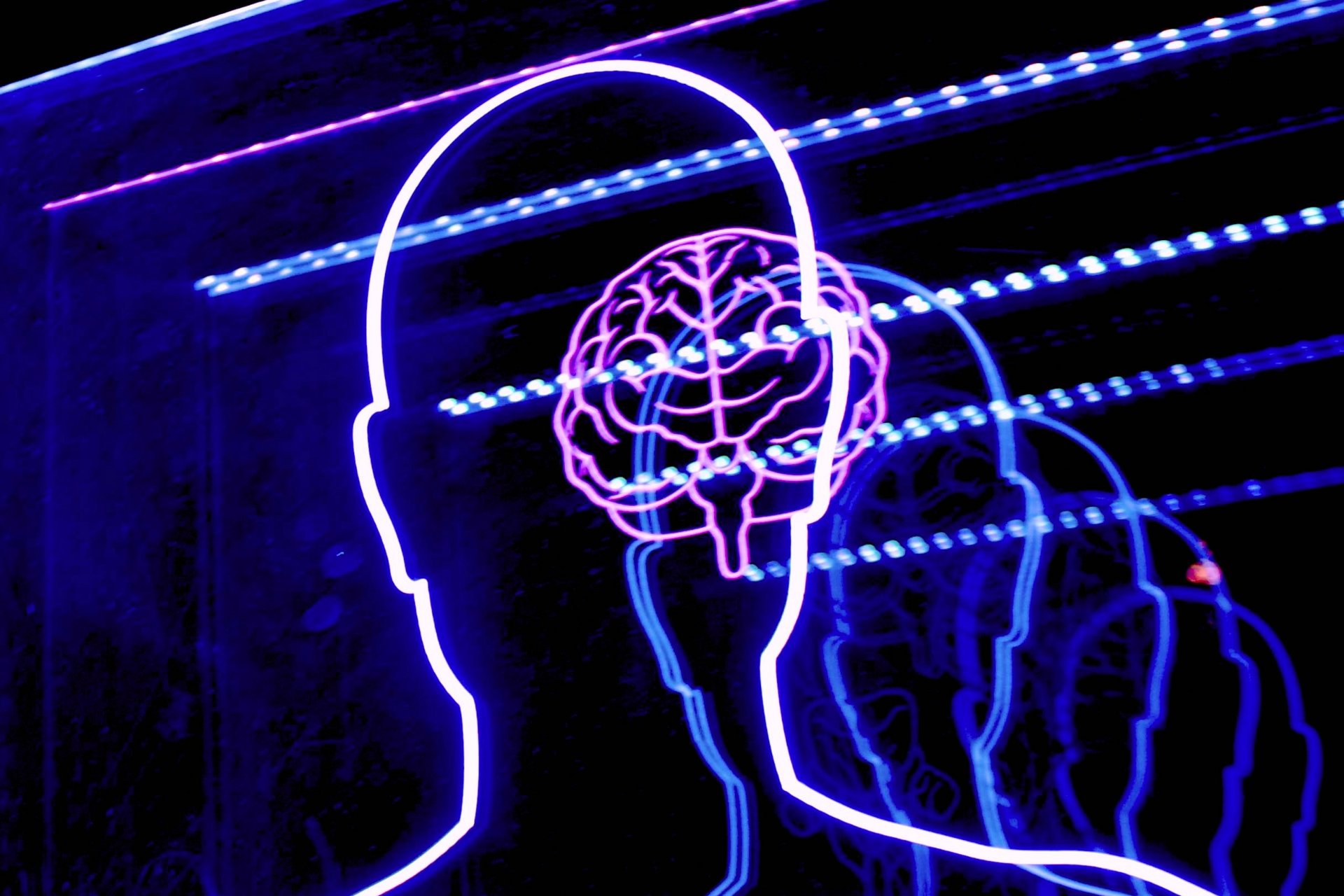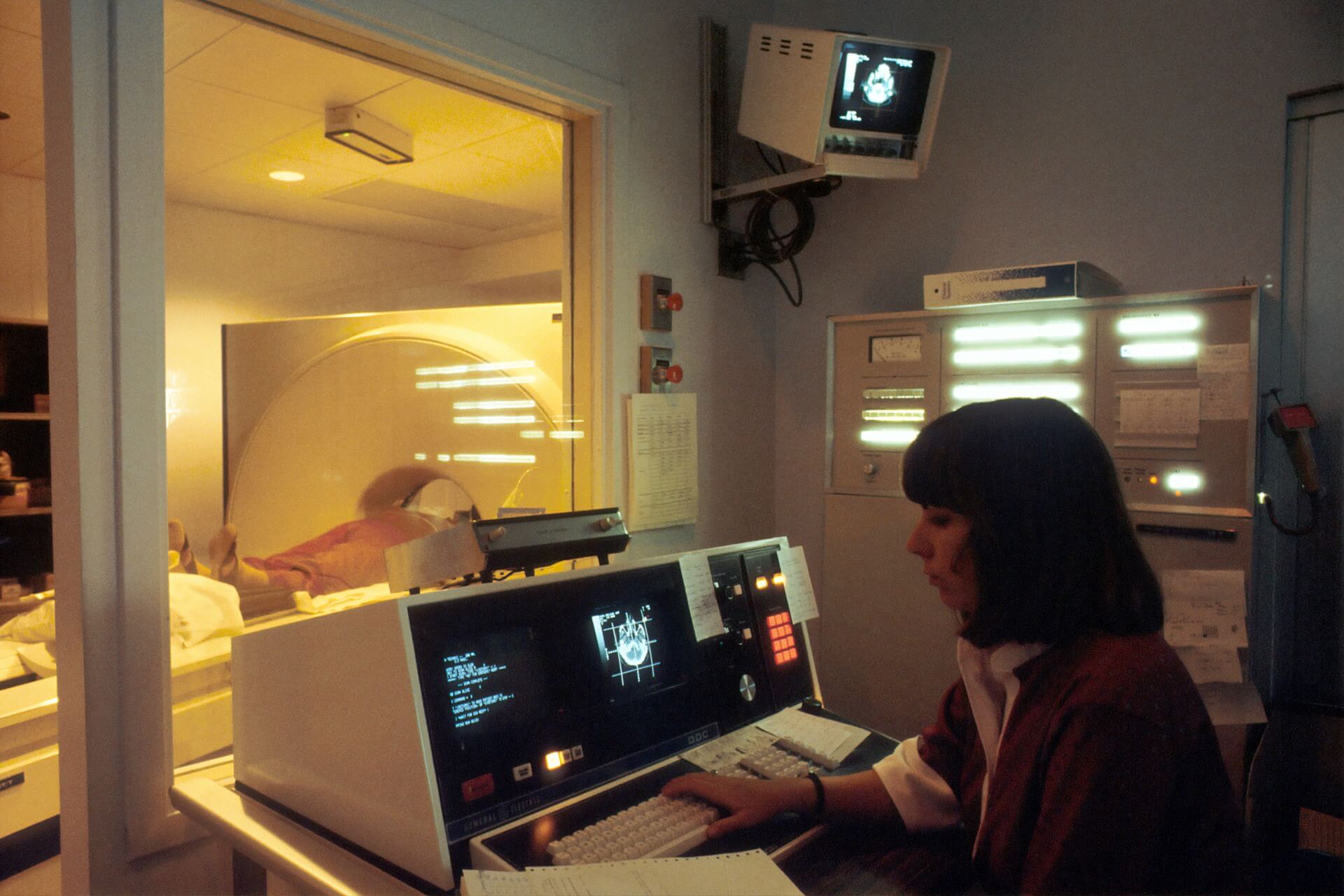
Memory Formation Or Cranial Time Travel?
July 13, 2022 - Ellie Gabel
Revolutionized is reader-supported. When you buy through links on our site, we may earn an affiliate commission. Learn more here.
The human brain is incredibly complex, and even though researchers have been studying it for generations, they’re still learning new and fascinating things about it. One of the continual areas of interest is how the brain makes memories. Here’s what’s known so far about that process.
What Scientists Know About Memory Formation
Since the 1940s, memory researchers have believed that memories get held inside groups of neurons called cell assemblies. The neurons fire as a response to certain stimuli. The more often they get triggered and react, the more likely the cell assemblies will respond the same way in the future. That collective cell assembly activity is what researchers refer to as memories.
Experts are still learning new things about how the brain forms memories. Researchers recently confirmed that two types of brain cells are essential for converting humans’ continuous experiences into segments they can recall later.
Another finding was that the brain stores single memories across multiple locations rather than only one. The researchers said their work also suggests memory encoding occurs throughout the brain rather than primarily in the regions most widely associated with memories, such as the hippocampus.
The Various Memory Processing Phases
The brain goes through three stages when processing memories. However, there are also several types of memory within those groups.
The Sensory Register Stage
The sensory register stage occurs when the brain passively takes information from the surrounding environment through visual and auditory cues. People also refer to the sensory register stage as echoic or iconic memory. It’s what allows a person to look at an object, turn away, and still remember what they saw only seconds before.
The Two Types of Short-Term Memory
If a person pays attention to something currently only in the sensory register, they may begin forming a short-term memory. However, there are two separate phases in short-term memory.
When someone hears a website address and needs to remember it long enough to write it down accurately, that’s short-term memory. The idea is that someone retains the information long enough to correctly repeat it.
However, information could also go into someone’s working memory. It allows a person to retain recently received details but use them in dynamic ways. A good example of this is when someone is solving a math problem. Psychologists say people have the most control over their working memories. That’s why most exercises designed to improve memory target its working aspect.
Long-Term Memory
The brain’s frontal lobe allows people to convert short-term memories into long-term ones. This part of the brain takes the longest to reach maturity and it keeps growing into early adulthood.
Many people think of long-term memory as a database that stores everything indefinitely. However, that’s incorrect. Some long-term memories only last for a matter of days, but others could persist for the rest of someone’s life. Researchers want to learn more about what makes people remember certain things while forgetting others.
They know humans are more likely to retain words associated with things that are easy to envision versus more abstract. The things that matter most to a person influence how well they remember things, too. A music lover might vividly recall their first concert or album they purchased, for example.
There are also two categories of long-term memories. Explicit (or declarative) memories encompass all conscious memories. They can either be episodic memories of specific events or semantic memories, which are those related to the world.
Then, implicit memories are things that people remember mostly unconsciously, such as how to move their bodies. This category also includes procedural memories, such as how to drive a car or crack an egg.
What Determines the Strength of Memory Recall?
When a person recalls a previous memory, the neural activity associated with the original event gets replayed. The speed with which someone can remember something depends on the strength of the neural pathways formed during a person’s first exposure.
How well a person remembers something depends on various other things, too. Their level of alertness is an important one. Relatedly, researchers also believe sleep is essential for most types of memory formation, meaning it can also affect recall abilities. Additionally, eating before a major recall task, such as taking a test, can improve performance, as can engaging in regular physical activity.
Research also shows the importance to the person and how closely something relates to the current environment can influence whether the individual remembers to carry out an action they meant to do. But even then, there’s an element of luck involved regarding whether someone recalls something in time or forgets.
Much Learned With Much Yet to Learn
Although researchers have learned a tremendous amount about how the brain forms memories, most agree that many aspects of how the brain stores and works with memories remain mysterious.
However, as people continue making discoveries, their work could be instrumental in improving the lives of individuals with memory disorders or those who wish they could strengthen their recall capabilities.
Revolutionized is reader-supported. When you buy through links on our site, we may earn an affiliate commission. Learn more here.
Author
Ellie Gabel
Ellie Gabel is a science writer specializing in astronomy and environmental science and is the Associate Editor of Revolutionized. Ellie's love of science stems from reading Richard Dawkins books and her favorite science magazines as a child, where she fell in love with the experiments included in each edition.







